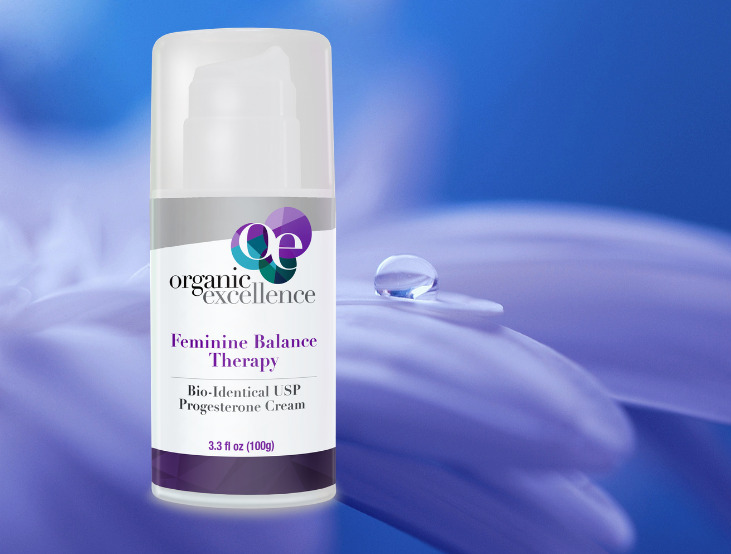Chlorine Toxicity…Swimmers Beware
Did you know that according to the Centers for Disease Control and Prevention (CDC ), swimming is the fourth most popular recreational activity for all ages in the United States? For kids ages 7-17, it is the most popular.
However, do we ever consider how clean the water is that we swim in? How polluted are our oceans, lakes and rivers? As we talk about all the chemicals that we come in contact with every day from cleaning products to personal hygiene, it started me thinking about the water in which we swim. What about chlorine in pools? According to the CDC, 1 in 8 routine pool inspections conducted during 2008 identified serious violations that threatened public health and safety and resulted in an immediate closure. Wow! Now that is something to think about. What about when a pool is “properly” maintained?
Of course, chlorine is the most common disinfect used in swimming pools. Disinfecting helps prevent the spread of water-borne diseases. Chlorine is known to react with residual organic matter such as sweat, urine and skin cells in pool water forming volatile byproducts such as chloroform and other potent respiratory irritants. Long-term exposure to these chemicals is known to pose a variety of health risks, from respiratory irritation, asthma and an increased risk of cancer.
In 2008, a research collaboration between premier academic institutions from the U.S., Canada and Europe summarized findings of 18 different studies that all noted a link between exposure to chlorinated pools and increasing frequencies of allergic disease and asthma. This would include not only casual swimming but also Olympic swimmers, pool workers and lifeguards who spend a lot of time poolside.
What are some of the negative effects of prolonged exposure to the chlorine in pools? There seems to be a correlation between allergic diseases and chlorinated pool exposure. Especially in adolescents who swim the most often and stay in the water longer. The American Academy of Pediatrics conducted a study that links chlorine exposure from swimming pools to increased respiratory symptoms in adolescents age 13-18. If your child is a swimmer, you may ask is there a way to detox after swimming in chlorinated pools?
The most obvious is to eliminate exposure. If you have a home swimming pool that uses chlorine, consider changing to a salt water pool. The average cost can be as little as $1,500, which is a value to protect your families health. If they swim competitively or in a public pool, then I would suggest a gentle detox several times a year.
I have found an organic tincture that can remove not only chlorine but toxic metals, pesticides and other chemicals. These organic herbal liquid tinctures are highly effective for individuals with organochlorides (chlorine) toxicities, as well as other types of heavy metal and chemical exposures. By adding a few drops into water before, during or after swimming there has been a reduction in organotoxins by 65% in just 6 weeks. The company that makes the product is called Bioray and have been in business for over 20 years producing organic herbal supplements for both adults and children to naturally remove toxins and support immunity.

















